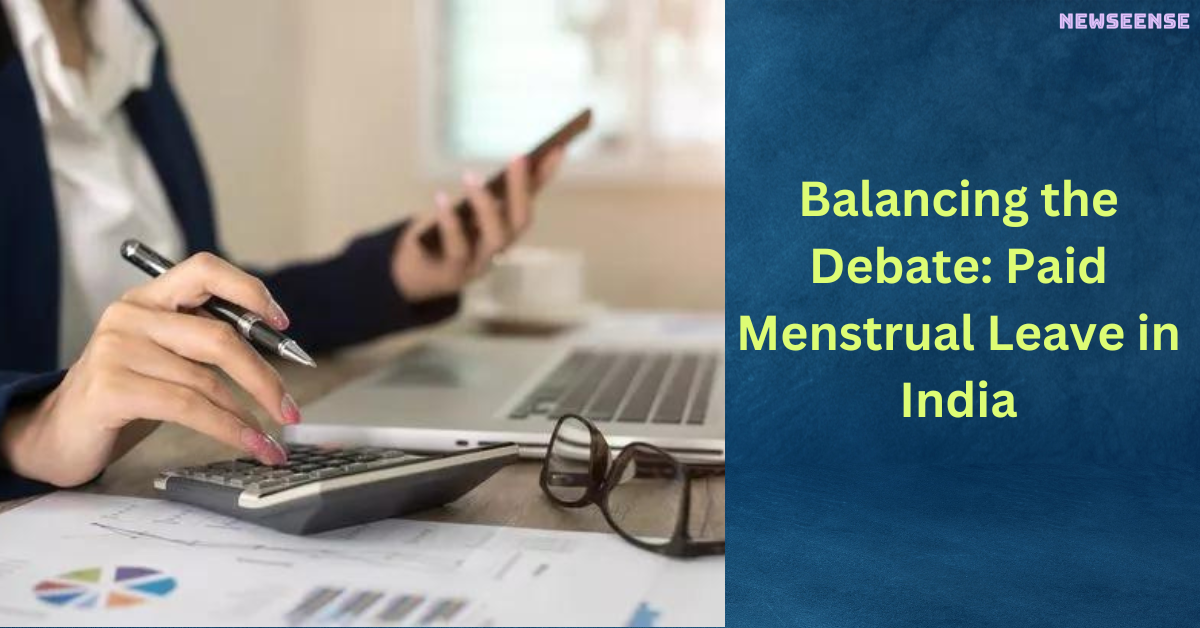
Introduction
Table of Contents
A recent parliamentary debate has thrust the issue of paid menstrual leave into the limelight, with the Minister of Women and Child Development, Smriti Irani, challenging the need for such provisions. Irani argues that menstruation is a natural process and not a handicap. While her stance has sparked controversy, it has also brought attention to the complexities surrounding the implementation of menstrual leave in India.
The Impact on Female Workers
Irani’s assertion that menstruation is not a handicap overlooks the diverse impact the menstrual cycle can have on women. For those facing conditions like PCOD or PCOS, the added stress of work can exacerbate health issues, leading to more complex problems such as infertility, diabetes, or heart disease. Advocates argue that paid menstrual leave could provide much-needed support, helping women cope better at work and improving overall efficiency.

Challenges in Implementation
However, the economic and societal pressures against women in the workforce cannot be ignored. Implementing paid menstrual leave may inadvertently hinder women, particularly in the informal and unorganized sectors where government regulations are often ignored. The Periodic Labour Force Survey highlights the feminization of agriculture, with over 85% employed in the unorganized sector, creating a challenge for the widespread adoption of such policies.
Economic and Societal Pressures
Studies indicate that economic distress disproportionately affects women, leading to job losses. Biases in hiring practices also contribute to the underrepresentation of women in formal sectors. If menstrual leave policies are enforced, there is a risk of further discouraging employers from hiring female employees due to perceived additional burdens, exacerbating existing challenges such as wage gaps and underrepresentation.
Global Perspectives
Countries like Japan, Spain, South Korea, Taiwan, Indonesia, and Zambia have adopted paid menstrual leave, but the impact varies. While high-income countries may have faced different scenarios during implementation, developing nations like Indonesia and Zambia share similarities with India, including concerns about workplace hygiene and potential discrimination against women taking leave for personal reasons.
Corporate Initiatives and Government Interventions
Some Indian startups, such as Zomato, Swiggy, Byju’s, and Gozoop, have voluntarily adopted paid menstrual leave, addressing challenges related to women’s menstrual cycles positively. Encouraging other organizations to follow suit voluntarily might be more effective than mandating it for all. Additionally, the government can incentivize menstrual leave through tax exemptions or introduce gender-neutral leave policies.
Positive Impact of Interventions
The National Family Health Survey in India reveals a positive impact of the tax cut on sanitary pads, with increased usage of hygienic menstrual products. Simpler interventions, such as mandating sanitary pad vending machines, comprehensive sex education, and advocating for hygienic toilets, may play a crucial role in addressing menstrual-related issues and promoting a more inclusive work environment.
Conclusion
In the Indian context, the debate over paid menstrual leave highlights the need for a nuanced approach. While it may benefit a minority of the female population in the short run, it could have long-term consequences for female employment. Widespread awareness and the eradication of societal taboos associated with menstruation are essential for the successful implementation of menstrual leave policies and ensuring the well-being of female workers in the country.
Also read: https://newseense.com/reliance-and-disney-star-sign-non-binding-agreement-for-mega-merger/